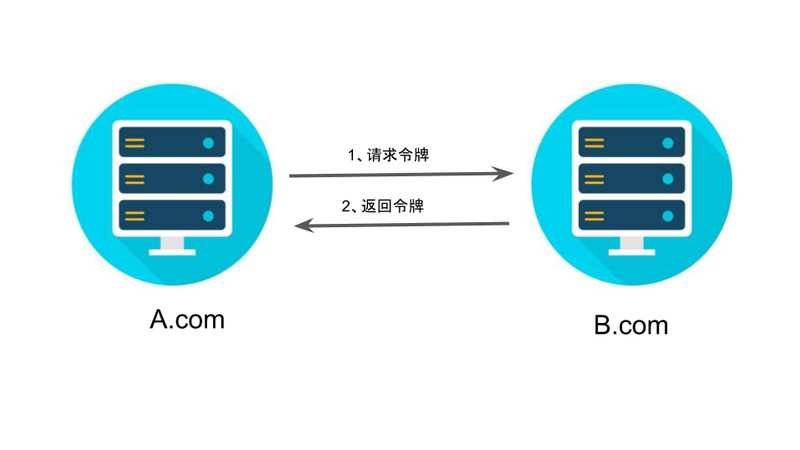一:字符串的定义
在Python中使用引号来定义。不论是单引号还是双引号。
str1 = 'Hello World'
str2 = "Hello World"二:字符串的访问
如果我们要取出字符串中单独的字符,需要使用方括号来表示取得的位置。如果要取出字符串的子串,就需要用到冒号表达式。
上面的冒号表达式意为从字符串的第a+1位取到第b位
需要注意的是,和大部分编程语言一样,Python也是从0开始计数。
str = "Hello World"
print("the first string of str is", str[0])
print("the second string of str is", str[1])
print("the first four string of str is", str[0:4])
#>>>the first string of str is H
#>>>the second string of str is e
#>>>the first four string of str is Hell使用冒号表达式,可以实现指定位置的字符串替换
str = "Hello World"
print("The new string is", str[:6] + "Bye Bye")
#>>>The new string is Hello Bye Bye三:字符串的运算
| + | 字符串连接 |
| * | 字符串重复输出 |
| in | 成员运算符 如果字符串包含给定字符返回1 |
| not in | 成员运算符 如果字符串不包含给定字符返回1 |
| % | 格式字符串 |
str1 = "Hello"
str2 = "World"
print(str1 + str2)
print(str1*2,str2*3)
print("H" in str1)
print("a" not in str2)
#>>>HelloWorld
#>>>HelloHello WorldWorldWorld
#>>>True
#>>>True四:格式字符串
格式字符串是一种C语言风格的字符串表示方法,使用%作为标志。
| %c | 格式化字符及ASCII码 |
| %s | 格式化字符串 |
| %d | 格式化整数 |
| %f | 格式化浮点数,可指定精确度 |
print("My name is %s , I'm %d years old" % ("Jujube" , 19))
#>>>My name is Jujube , I'm 19 years old
在使用格式化字符串时,有辅助指令可以帮助具体操作。
| * | 定义小数点精度 |
| - | 左对齐 |
| + | 在正数前面显示正号 |
| <sp> | 在正数前面显示空格 |
| 0 | 显示的数字前面填充0而不是默认的空格 |
五:format()函数
format()函数通过{}和:代替%。运用更加灵活。
print("{} {}".format("Hello", "World"))
print("{1} {0}".format("Hello", "World"))
print("{0} {1} {0}".format("Hello", "World"))
#>>>Hello World
#>>>World Hello
#>>>Hello World Hello也可以在字符串中添加变量
print("{name}'s score is {points}".format(name="Jujube", points="90"))
#>>>Jujube's score is 90


















